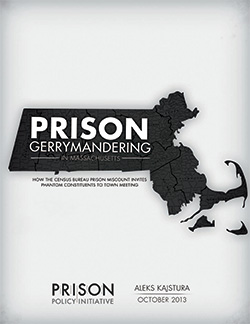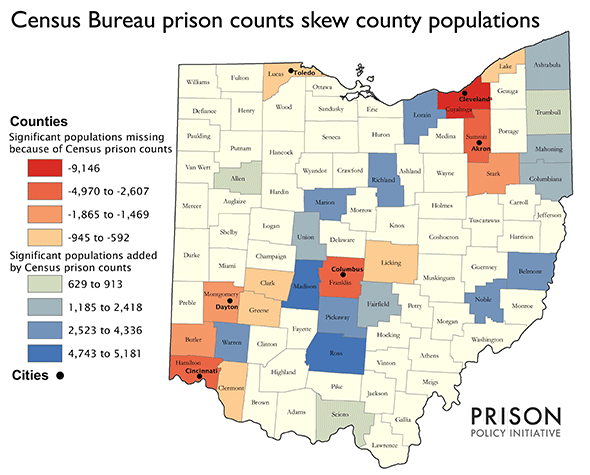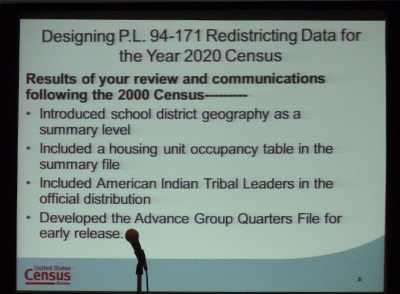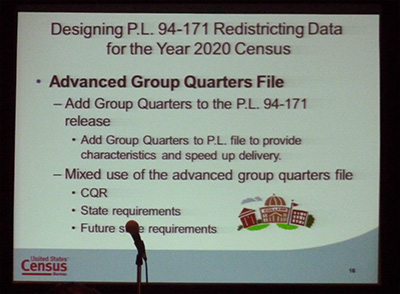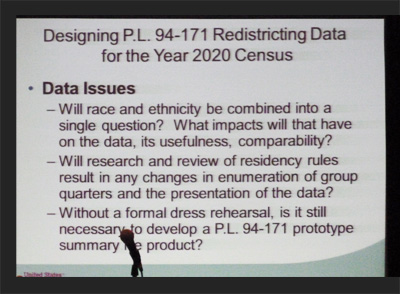Reading, Writing, and Redistricting in School Board Districts with Prisons, Part I: The Larger Picture
Over the past week I have begun to look into the effects that prison gerrymandering has on School Board districts, and have made some interesting discoveries about Florida.
by Elena Lavarreda, November 6, 2013
The United States locks up 1% of its adult population. This means that for an unprecedented number of people their everyday lives are marked by interactions with the criminal justice system. Those folks are disproportionately young, male, Black or Latino, low-income, and from urban areas. Whether physically locked up oneself, or family/friend/partner to an incarcerated person, everything from a phone call to a loved one to where one is allowed to live is incredibly complicated. For many, life becomes gnarled by the opaque bureaucracy that maintains the prison system.
And yet, despite this insidious presence in many lives, others have the privilege of living with relatively little worry about police presence, bias in the judicial system, and fear of incarceration. Despite the sense that mass incarceration has little to do with ones own life, at the Prison Policy Initiative we have found that no lives truly remain untouched by mass incarceration. For example, our research shows that the U.S. Census counts more than two million incarcerated people in the wrong place, leading state and local governments to dilute the votes of everyone who does not live near a large prison. As we have noted, the smaller the form of government the more likely it is that the prison will have a large impact on the local democracy. Speaking about her recent report on Massachusetts town meetings, PPI’s Legal Director Aleks Kajstura states, “Because town precincts are so much smaller than state legislative districts the impact on local democracy is generally much greater than at the state level.” Recently, we have begun to look the effect of prison gerrymandering on school board districts too. Indeed, when you lock up 1% of the population of the United States, even local school boards begin to feel the strain of mass incarceration on their democracy.
I currently have the awesome pleasure of returning to PPI for a few weeks to work on a project that will serve as a template for the Alternative Spring Break Program in March of 2014 . I first volunteered for PPI back in 2006, and began work as a Research Analyst post-graduation from Smith College in 2008. After receiving my MA in Gender and Women’s Studies and teaching undergraduate students, now more than ever, I understand the importance of making the “personal political”. PPI shines a light on the daunting shadow that mass incarceration casts on our nation. Mass incarceration may seem like a far off problem to some, but in reality its presence can even be felt in the minutia of everyday life. Over the past week I have begun to look into the effects that prison gerrymandering has on School Board districts, and have made some interesting discoveries about Florida. Stay tuned for an update on my findings!
(And if you or someone you know would like to be part of this project, we’re actively seeking law and graduate students to be part of our school board prison gerrymandering research through our Alternative Spring Break Program in March of 2014.)
